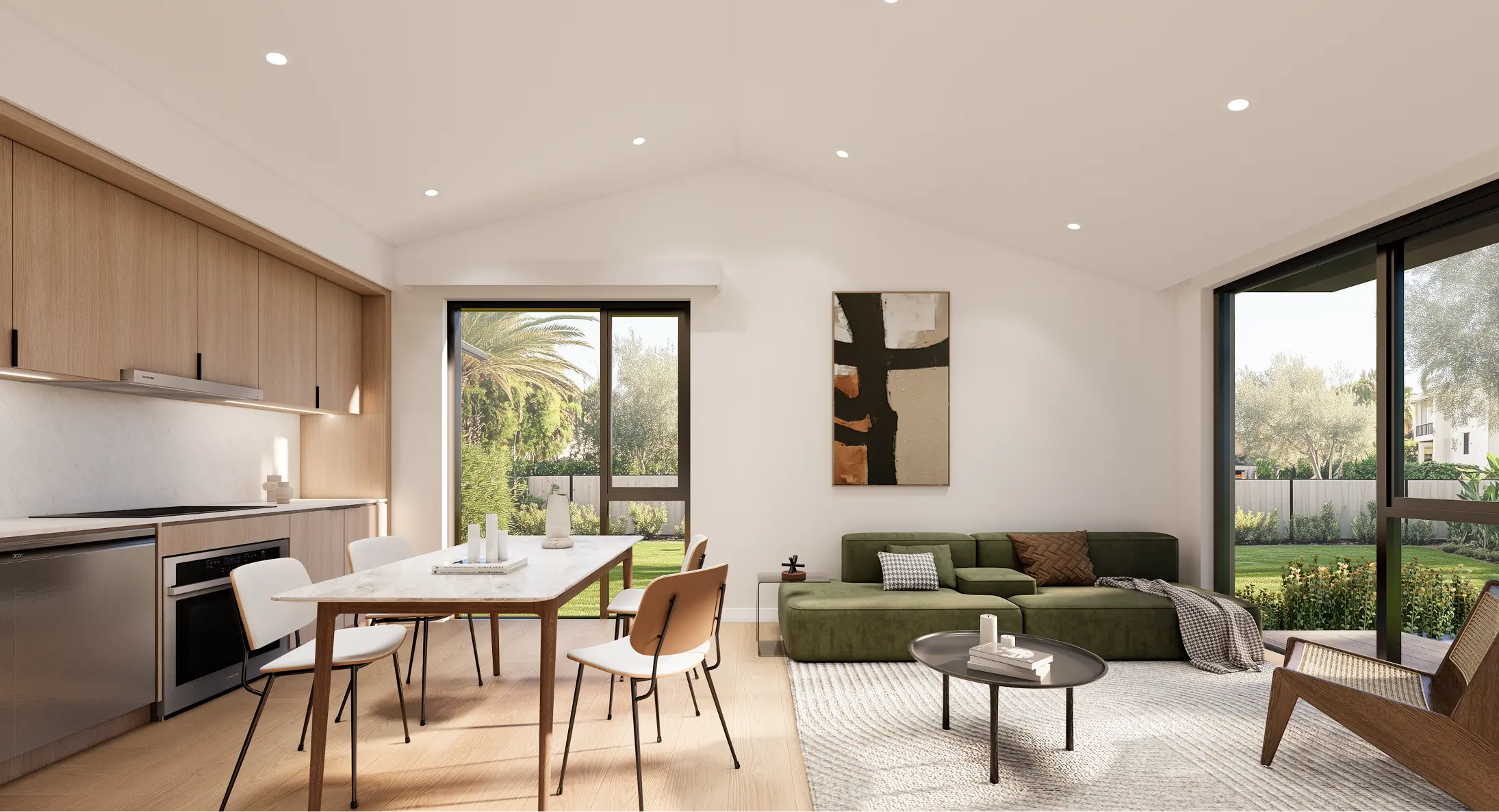
Cost Per Square Foot in California: Why Homeowners Shouldn’t Trust This Number Alone
How to Keep Your Family Land After a Wildfire

How Not to Lose Your Family Land After a Wildfire
Wildfires in California have devastated communities, displacing thousands of families and making it financially difficult to rebuild. The loss of a home is a deeply emotional and financial blow, but without proper planning, families may also be forced to sell land that has been in their possession for generations. However, by understanding the financial implications of rebuilding, exploring alternative housing options, leveraging financial resources, and implementing long-term land preservation strategies, families can take proactive steps to protect their property and legacy.
Understanding the Cost of Rebuilding
Rebuilding after a wildfire is not as simple as laying new foundations and putting up walls. It requires careful financial planning due to rising construction costs and increasingly strict building codes designed to reduce future wildfire damage. Many homeowners are surprised to find that their insurance policies do not cover the full cost of rebuilding, leaving them with significant out-of-pocket expenses.
Factors Affecting Rebuilding Costs
Steps to Take
Exploring Alternative Housing Options
Traditional rebuilding is expensive, but alternative housing options can provide affordable and efficient ways to remain on your land while complying with regulations.
Accessory Dwelling Units (ADUs) are small, secondary homes built on existing lots. They are cost-effective and can be designed with fire-resistant materials, making them a practical solution for homeowners who cannot afford a full-scale rebuild. ADUs can serve as temporary housing while the main home is being rebuilt or become a permanent downsized residence.
Modular and prefabricated homes are built in factories and assembled on-site, significantly reducing construction time and costs. These homes are also customizable and can be made with fire-resistant materials to meet updated building codes.
Various federal, state, and nonprofit organizations offer assistance to wildfire survivors, including:
Leveraging Financial Resources
Understanding and utilizing financial resources can help families stay on their land and afford the rebuilding process.
After a wildfire, it’s crucial to file insurance claims promptly and negotiate fair payouts. Key steps include:
Government-backed and nonprofit loans can ease the financial burden. Some options include:
California offers property tax relief for homeowners affected by wildfires. Programs include:
Long-Term Land Preservation Strategies
Keeping land within a family requires strategic planning. Without proper legal protections, rising taxes, financial pressures, or disputes between heirs can force families to sell.
Setting up a family trust or a co-ownership agreement ensures that land stays within the family for future generations. These legal tools can:
Understanding zoning laws and development rights can help homeowners make informed decisions about their property. In some cases, rezoning land or negotiating conservation easements can provide financial benefits while preserving family land.
Planning Ahead to Protect Your Legacy
Losing a home to wildfire is a heartbreaking experience, but it does not have to mean losing your family’s land. By taking proactive steps—understanding rebuilding costs, considering alternative housing solutions, leveraging financial resources, and securing long-term legal protections—families can rebuild and preserve their property for generations to come.
Planning ahead is crucial in protecting family land after a wildfire. Assessing rebuilding costs early helps avoid financial surprises, while exploring alternative housing solutions such as ADUs or modular homes can provide cost-effective options. Taking advantage of financial resources, including insurance, loans, and grants, ensures that homeowners have the necessary funds to rebuild. Additionally, utilizing legal tools like family trusts and co-ownership agreements can protect land from being lost due to financial hardship or inheritance disputes.
The key to keeping family land after a wildfire is planning ahead and exploring all available options. With the right strategies in place, families can remain rooted in their heritage and continue their legacy for future generations.
Discover More
About Us
